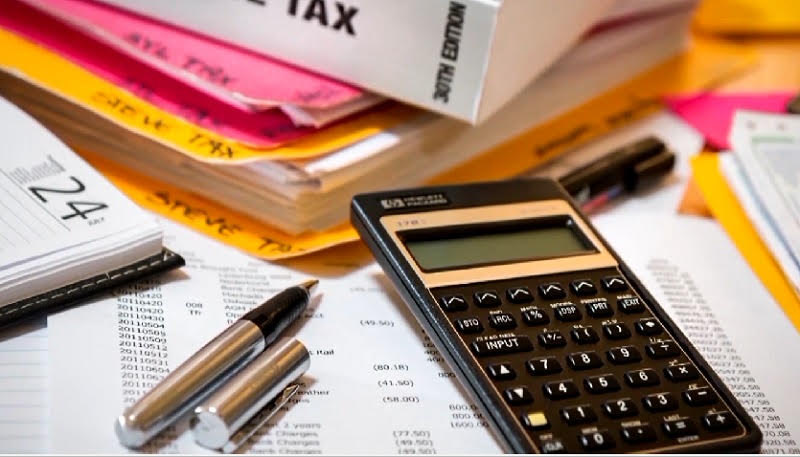Section 45L Energy Efficient Home Credit was established by the Energy Policy Act of 2005, and allows eligible developers to claim a tax credit for each dwelling unit. Both single-family homebuilders and multi-family developers can benefit from the 45L Credit. The Inflation Reduction Act of 2022 enhanced the credit for homes sold or leased during 2023 and beyond with little modification.
Requirements
Single-Family Homes
- $2,500 tax credit for single-family homes certified as ENERGY STAR Single-Family New Homes Program
- $5,000 tax credit for a single-family home certified as DOE Zero Energy Ready Home (ZERH)
Manufactured Homes
- $2,500 tax credit for manufactured homes certified as ENERGY STAR Manufactured Home National Program Requirements
- $5,000 tax credit for manufactured homes certified as a DOE Zero Energy Ready Home (ZERH)
Multifamily Homes
- $500 tax credit for multifamily homes constructed after 2020 and certified as ENERGY STAR Single-Family New Homes Program. When constructed with prevailing wage, the credit increases to $2,500
- $1,000 tax credit for multifamily homes certified as a DOE Zero Energy Ready Home. When constructed with prevailing wage, the credit increases to $5,000
Buildings Higher Than Three Stories are also Eligible
Beginning in 2023, all residential buildings are eligible. Homes leased or sold as a residence within buildings higher than three stories are eligible. This includes low-rise (1-4 stories), mid-rise (5-9 stories), and high-rise (10 or more stories)
Tax Credit Summary
| Home Type | Qualification Requirement | Prevailing Wage Requirement | 2023 and Onward | 2021 and Prior |
|---|---|---|---|---|
| Single-Family | ENERGY STAR | No | $2,500 | $2,000 |
| Single-Family | ZERH | No | $5,000 | N/A |
| Manufactured Home | ENERGY STAR | No | $2,500 | $1,000 |
| Manufactured Home | ZERH | No | $5,000 | N/A |
| Multifamily | ENERGY STAR | No | $500 | $2,000 |
| Multifamily | ZERH | No | $1,000 | N/A |
| Multifamily | ENERGY STAR | Yes | $2,500 | N/A |
| Multifamily | ZERH | Yes | $5,000 | N/A |
REQUIREMENTS
An eligible contractor must have constructed a qualified energy-efficient home, as well as owned and have had a basis in the home during its construction. Both new construction and renovations to existing residences are eligible when they meet the following qualifications:
- Certified to provide an annual level of heating and cooling energy consumption that is at least 50% below a comparable dwelling unit constructed in accordance with the standards of the 2006 IECC.
- Improvements to the building envelope that provides at least one-fifth of the 50% reduction in energy consumption.
- Three stories above grade or less in height.
- Sold or leased as a residence (the credit can be taken retroactively for three years back or to any open tax year).
The credit applies to single-family homes as well as apartment complexes, assisted living facilities, student housing, and condominiums. Each unit in a multifamily residential facility may qualify.
For Commercial Building credits please seek additional information on 179D Energy Efficient Commercial Building Deduction
What if I Sold a Dwelling in 2022 that Qualified for the 45L Credit?
The credit builders would qualify for will follow the same requirements and guidelines as in previous years. For residences leased or sold prior to 2022, single-family homebuilders and multifamily developers can benefit from the §45L Credit. The maximum credits per dwelling unit are:
- $2,000 per unit for a new energy-efficient home.
- $1,000 per unit for manufactured homes.
Retroactively available for units placed in service from 2020 to 2022, and through the end of 2032
What are the Certification Requirements?
Eligible contractors must obtain certification from an eligible certifier before claiming the energy-efficient home credit with respect to the dwelling unit. An eligible certifier is a third-party not related to the eligible contractor that has been accredited or otherwise authorized by the Residential Energy Services Network (RESNET) or an equivalent rating network. The certifier conducts computer modeling and on-site testing and prepares a certification package that declares all information provided is true, correct, and complete.
Who is the Eligible Contractor?
The 45L credit is available to an eligible contractor in the year the certified dwelling units are leased or sold. Previously, there was some confusion as to who qualifies as the eligible contractor with respect to the home. For purposes of 45L, a person must own and have a basis in the qualified energy efficient home during the construction to qualify as the eligible contractor. For example, if a person hires a third-party contractor to construct a home owns and has a basis in the home during its construction, the person that hires the third-party contractor is the eligible contractor and the third-party contractor is not the eligible contractor.
What is the Prevailing Wage?
The prevailing wage rate is defined as the average wage paid to similarly employed workers in a specific occupation in the area of intended employment. South Carolina does not currently have any state statutes that establish specific prevailing wage requirements. However, any jurisdiction in South Carolina that receives federal funding for construction projects within the state is required to ensure those projects are managed to the requirements outlined in the federal prevailing wage laws. (Davis-Bacon)
Disclaimer: Muncaster Financial Group, LLC is not a tax advisor or attorney. Please consult with your CPA or Tax Professional for advice on your specific situation and if you qualify for the before-mentioned tax credit. Information provided may be incomplete and is intended for informational purposes only. Please contact your tax advisor for more information.

